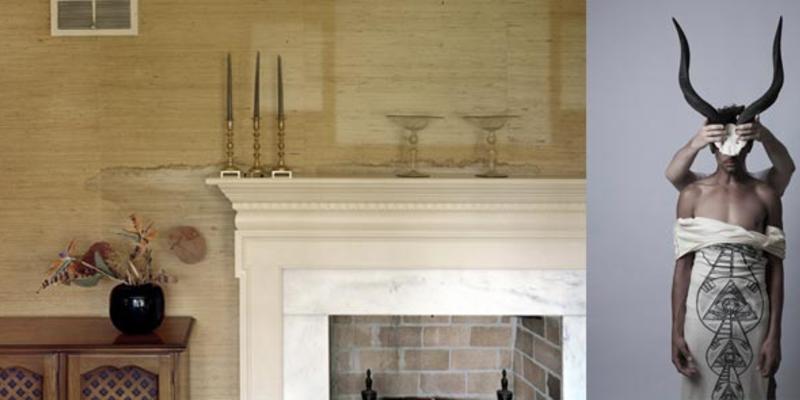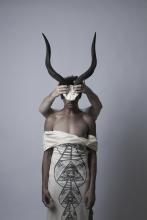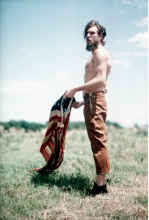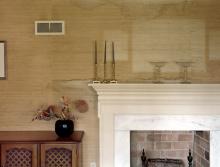
This blog is Part Two in a resource series for the new and seasoned photography collector. Here, I'll offer tips on buying art at commercial retail venues and auctions, as well as archiving and framing your collection. Further, the guide outlines photography terminology and a selected bibliography. Follow this series of blogs for a quick resource when looking for and buying photography.
![]()
Resources are key in building a photo collection. Utilize a variety of resources—commercial galleries, internet auctions, auction houses, local auctions—as venues and price comparables. Also, access key photography-based websites and magazines to enchance your knowledge and develop your connoisseurship. Here's a breakdown of how to make the most (and make sense) of the many resources available:
1. VISIT AND WATCH AUCTIONS AT REPUTABLE HOUSES:
Note that auction houses establish buyers' premiums (percentage surcharges added to the price of the final bid) that are typically structured in tiers: 25% for a $50,000 bid; 20% for $50,000-$1,000,000; 12-15% for more than $1,000,000. The seller typically pays for shipping. Some of the most reputable houses include:
2. ATTEND LOCAL FUNDRAISER AUCTIONS:
Fundraiser auctions are a great local resource. Often, well-known artists submit work to help raise funds for a good cause, for museums, etc.
3. VISIT SELECTED ART FAIRS LIKE:
Art Fairs, Inc: Photo Miami; Photo Los Angeles

4. ACCESS COMMERCIAL GALLERIES:
Collectors should rely heavily on reputable dealers. Trust their judgment, their expertise. Add your name to the mailing list and visit the gallery’s retail venue or website frequently. Know that the artist gets 50% of the sale and has certain discount agreements with the gallery. For example, discounts are often available when buying more than one piece of artwork and may range anywhere from 5 to 20%. Be sure to ask the dealer about their return policy; many galleries offer store credit only.
There are many reasons to work with a reputable dealer, including the following: Dealers are held accountable for certain standards within the industry, including the quality of the work and fair market values; dealers understand market trends; they are the motion-makers of the market, driving prices and placing works in significant corporate and private collections; they have immediate access to experts and curators who are resourceful in various ways, like knowing the artists to watch, helping with authentication, and developing scholarship on the artist; and lastly, dealers have access to a variety of resources for reselling your artwork if you wish to place it on a secondary market.
5. GET INVOLVED WITH MUSEUMS AND NONPROFIT ORGANIZATIONS (LOCAL, REGIONAL, AND BEYOND...):
Become more in-tune with museum and community nonprofit programs. Visit current exhibitions and join their mailing lists. Get involved!

6. UTILIZE THE THE INTERNET; DO YOUR RESEARCH BY VISITING THESE SITES:
artresources.com (Internet Art Resources)
photoawesome.com (blog)

7. READ REPUTABLE MAGAZINES AND CHECK OUT THEIR WEBSITES. THESE INCLUDE:
Aperture; aperture.org/magazine
Art and Auction; artinfo.com/artauction-magazine
Art in America; artinamericamagazine.com
Art Papers; artpapers.org
Black and White; bandwmag.com
Focus; thefocusmagazine.com
CONTINUE TO FOLLOW "EXHIBIT A" FOR MORE TIPS ON COLLECTING AND BUILDING A PHOTOGRAPHY COLLECTION...
{Images: Richard Sexton, Stair Detail, Old City Jail, Charleston, archival pigment print, 22 x 15 inches, signed and embossed; Cyle Suez, Untitled, archival pigment print, 36 x 24 inches, signed; Ben Williams, Man with Flag, archival pigment print, 11 x 14 inches, signed; Jerry Siegel, Mantle, archival pigment print, 11 x 14 inches, signed}.